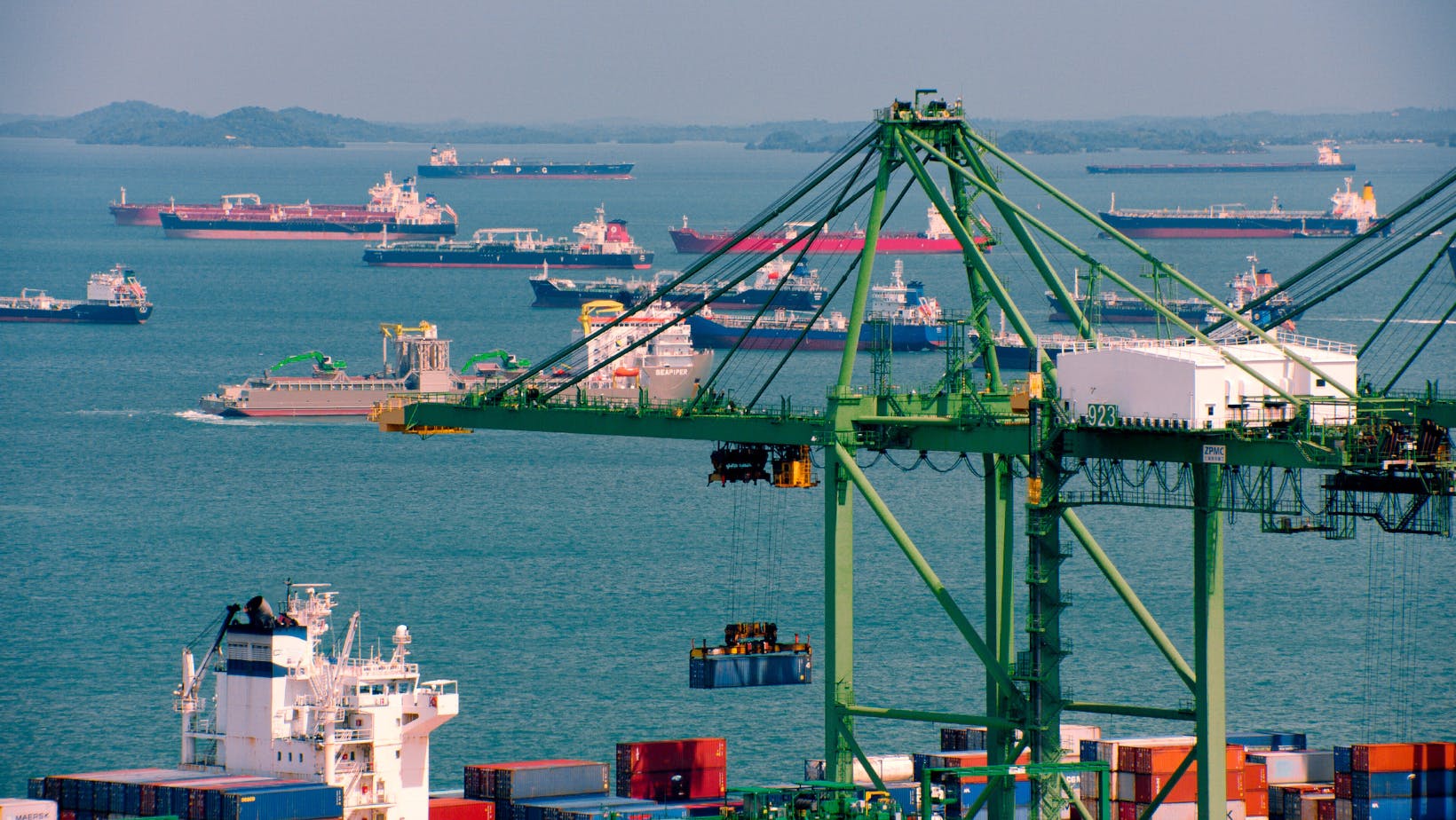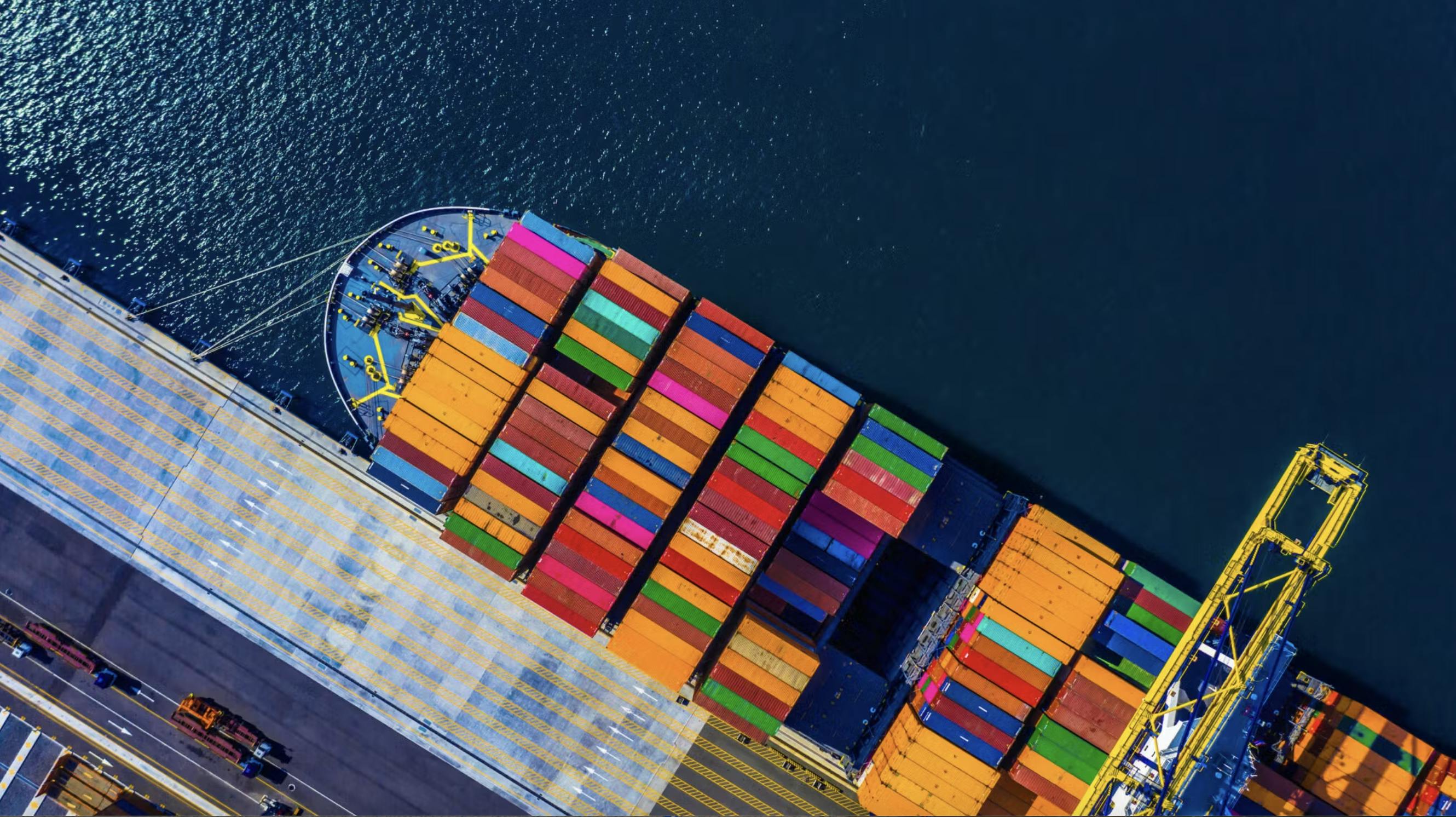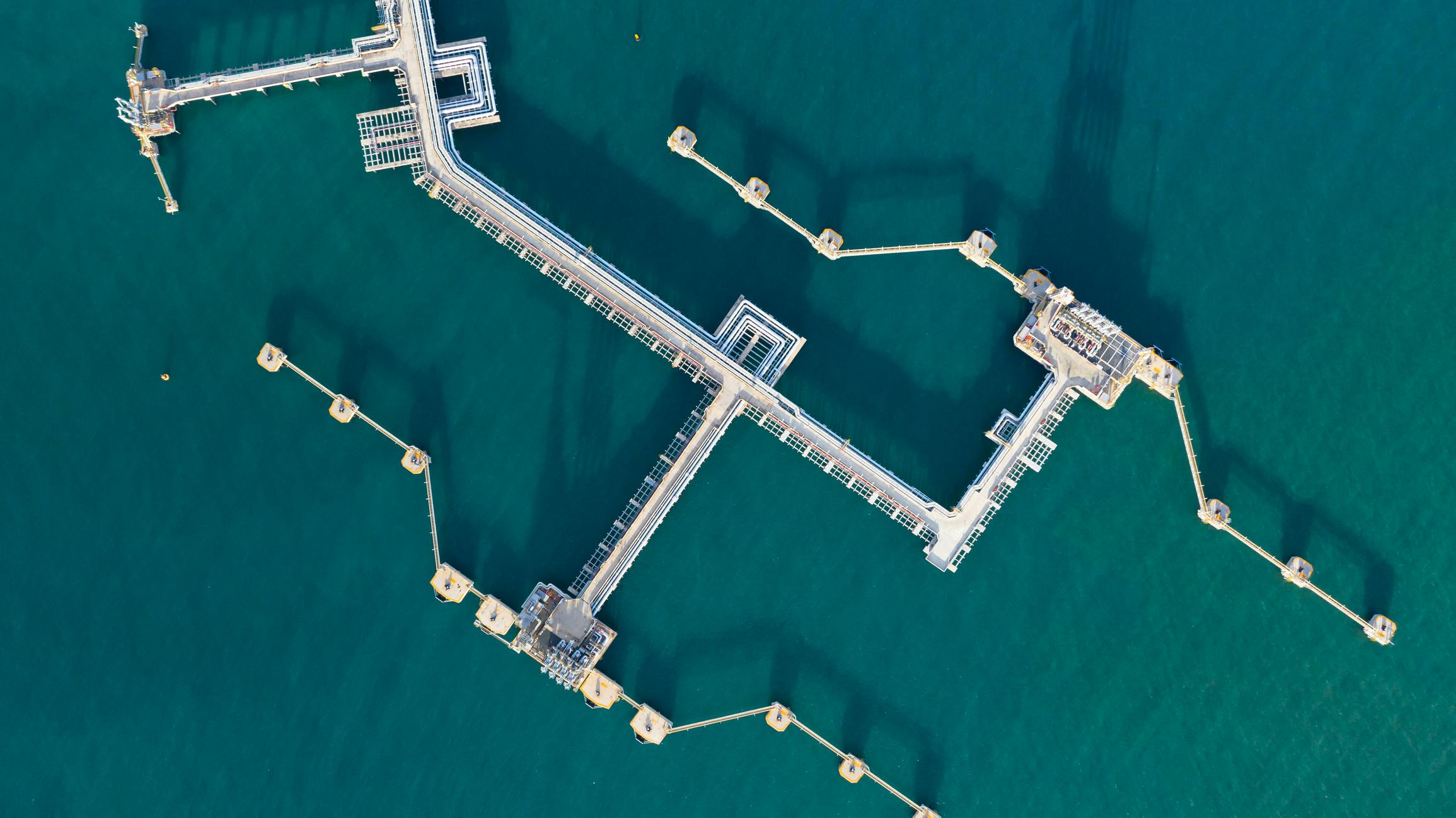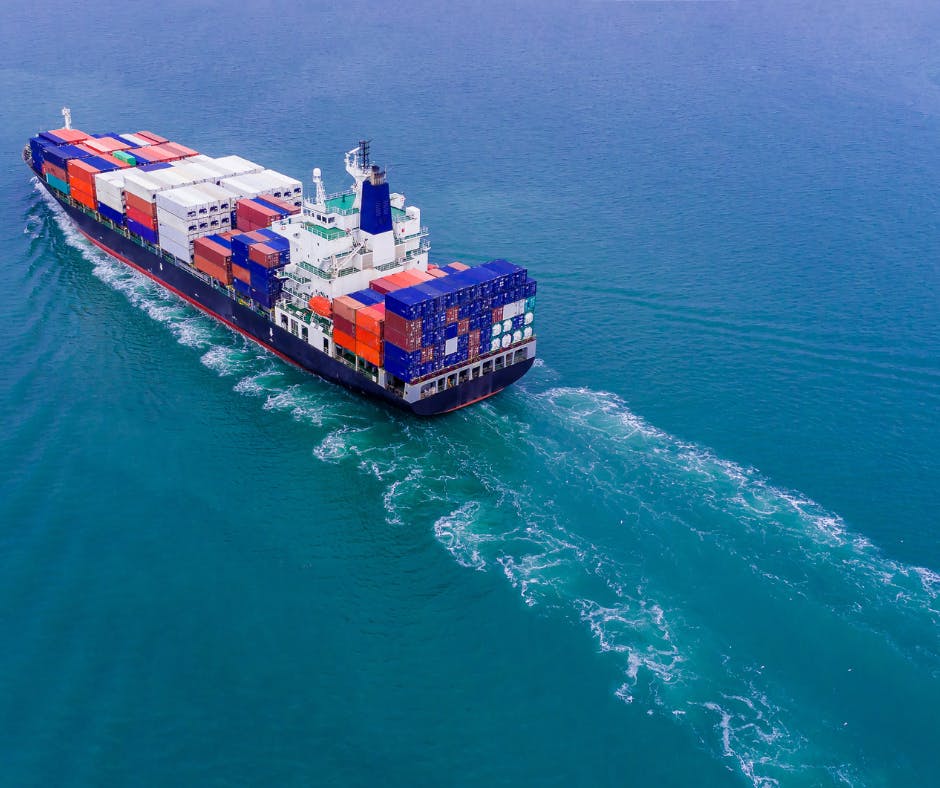Track & Trace
Standard documentation

Introduction
DCSA and its member carriers have published track and trace (T&T) standards for the global container shipping industry. These standards comprise a common set of processes as well as data and interface standards that can be implemented by carriers, shippers and third parties to enable cross-carrier shipment tracking. Once implemented, the standards will enable customers and supply chain participants to digitally communicate with all carriers in a unified way.

Standardisation and Industry Alignment
The data model ensures track and trace data definitions are consistent for all users, leveraging any system. These definitions are based on the Industry Blueprint, published by DCSA and its carrier members in 2019, which established a consistent vocabulary and proposed current state standards for industry processes.
The T&T container tracking standards are also aligned with the UN/CEFACT (United Nations Centre for Trade Facilitation and Electronic Business) standards to ensure existing investments are preserved while streamlining communication among all supply chain participants.

Track & Trace OpenAPI Specifications
As part of the Track & Trace standard, DCSA has also published API definitions for the Track & Trace on SwaggerHub, an open–source API development platform. Carriers can use these definitions to rapidly implement DCSA standard-compliant APIs for customer-facing track and trace events.
Documentation on the Track & Trace standard, including versioning guidance, can also be found on GitHub.
On the Standard Overview Page, you can see which carriers have already implemented DCSA’s Track & Trace API.
Interested in adopting Reefer Events Framework?
Whether you are a port, terminal, solution provider, or ocean carrier interested in implementing an API based on this framework, go to the Developers Portal or reach out to us for additional information.
Interested in adopting Reefer Events Framework?
Whether you are a port, terminal, solution provider, or ocean carrier interested in implementing an API based on this framework, go to the Developers Portal or reach out to us for additional information.

